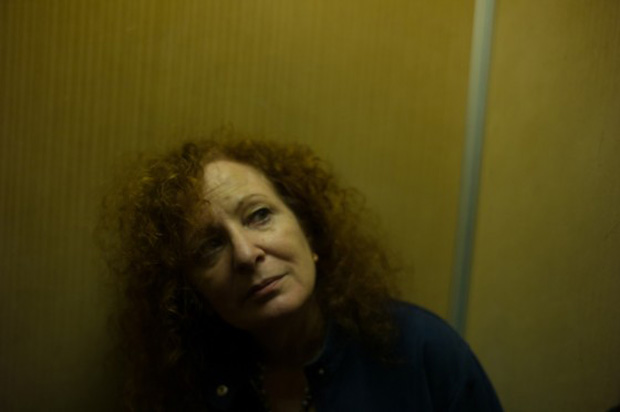
Ten questions for Nan Goldin
The Eden and after photographer on addiction, Robert Pattinson, motherhood and collecting human skulls
"There's a secret family that has inhabited Nan Goldin's world for over thirty years now," the writer and long-term collaborator Guido Costa puts it in his essay, Bambini in the photographer's new book Eden and after. "It is made up of children, so many, many children. Some gaze out at us from the past, frozen in one far-off, solitary shot; others have been tracked for a span of time, up to the threshold of adolescence and beyond."
Many might think childhood and child rearing are pretty far from the subjects - sex, drugs and dysfunctional relationships - that the photographer caught so well in her early images. Yet Goldin's work has always had a diary-like quality to it, and while she herself has not borne children, many of her friends and collaborators have become parents.
So, perhaps it shouldn't come as any surprise that her new book, Eden and after, features images of these kids from their earliest infancy right up until the brink of adulthood. We caught up with her and asked her a few questions - including one apiece from fellow photographers Joel Meyerowitz and Roger Ballen (Danny Lyon sent her his regards) - as she was signing copies of it at Phaidon last week.
One of the acknowledgements in the book reads: ‘Never A mother always a godmother.’ What sort of mother do you think you would you have made? Do you know Philip Larkin’s poem? This Be The Verse? (the one that famously begins: 'They fuck you up, your mum and dad, They may not mean to, but they do, They fill you with the faults they had, And add some extra, just for you.' That’s what kind of parent I would have been.
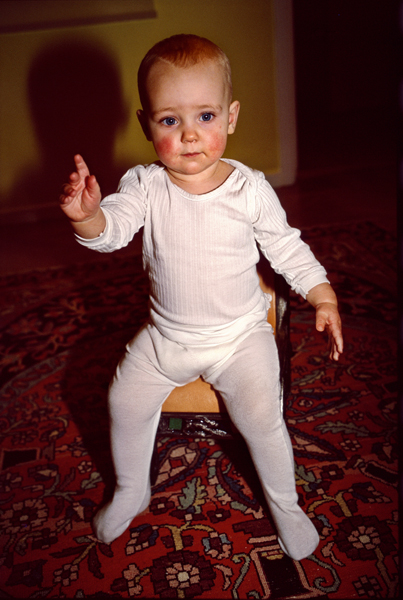
Is there one image from your childhood that sums it all up? One you or someone else took or one that wasn’t taken but sticks in your mind? Yeah. It’s one of my sister and my cousin dancing. I was about 11 and she was 18. That’s the picture in my life. I didn’t take it. My father took great pictures but after my sister’s death he cut off everybody’s heads.
Roger Ballen wants to know: What is your opinion of the human condition? Terrible. Couldn’t be worse. I think the computer destroyed mankind. I was a hippy and I had a lot of hope for the world. I have no more hope. It’s gone. The internet is nothing, a huge amount of nothing. There’s much too much information and people have lost their curiosity and they’ve lost their love of books which is really a shame. I don’t think they’re alive. They’re living virtual lives. I feel really bad for the new generations. I hope the kids in my book – some of them at least - will grow up to be very different people to the generation that exists now.
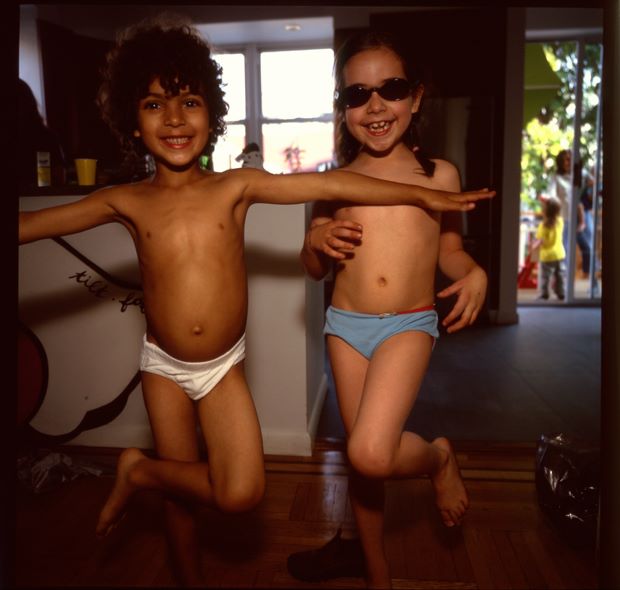
When you gave up heroin you were worried you’d lose your artistic talent. Why do so many addicted creatives fear that? Because drugs are very creative. I learned how to be a social being and I got a personality from drugs. I made The Ballad (of Sexual Dependency) on drugs. Keith Richards learned to water ski on drugs – that’s hard to do. That’s pretty good! You lose your sense of yourself when you get clean, it takes a while. You lose your whole identity. In my case it was enormous. I didn’t know who I was on any level. I didn’t know how to function. And then you piece yourself back together and of course you find a different self. But in all honesty, the art world likes to tell you that you’ll lose your creativity. A lot of people said that about me. That did it to Larry Clark and they did it to me. Even people who wanted me to get off drugs didn’t give me any support when I did. They thought I’d be totally boring. My friends and a few people came through in a really surprising way.
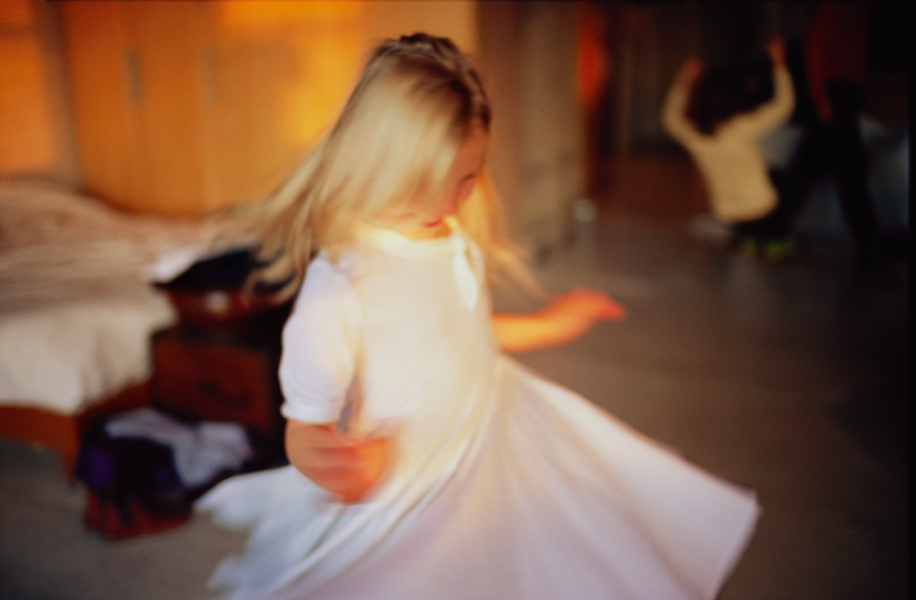
How does your addictive character manifest itself these days? I’m addicted to auctions. I buy furniture and photographs. I have a great collection. (Goldin had to sell off some stuff in 2009 in order to keep going - 'I didn’t make any money from that!') But I still collect something called Paper Rolls. I have a big collection. Certain photos I’ve collected since the Seventies, I collect dolls not baby dolls, little alabaster dolls. I collect saints and I collect skulls – everything from rats to human beings.
Joel Meyerowitz wants to know if you were to make a turn in your work to something else what do you feel would be the most personally challenging area for you to explore next?" Film. And I’m about to. I have three different books I want to get a scriptwriter for. I never knew you could have a scriptwriter until Claire Denis (Goldin confidante and director of Bastards, Chocolat and Beau Travail) introduced me to hers. So I need a screenwriter to adapt these. Each of them is something I’ve experienced in life but not about me. I want to make narrative films.
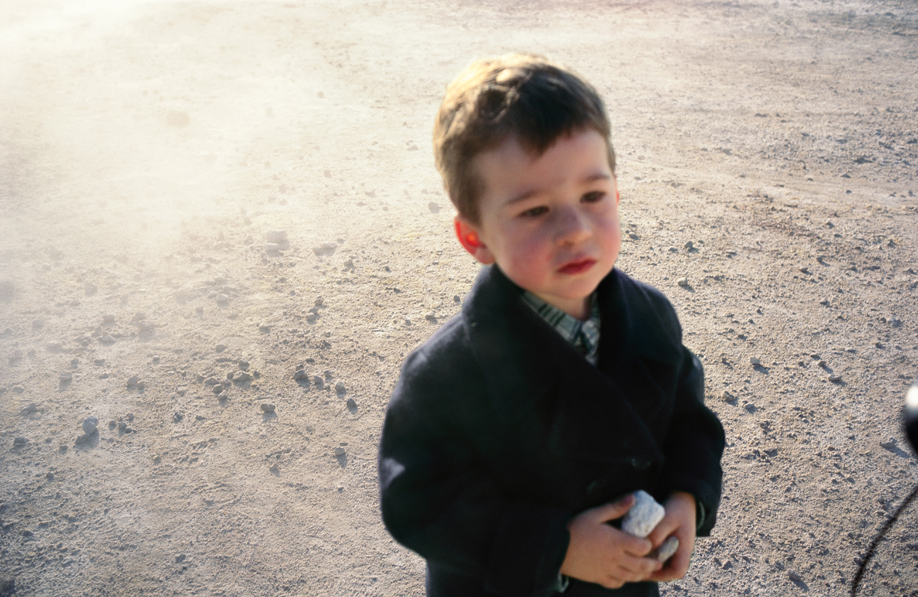
With that in mind, have you ever seen a film or maybe heard a piece of music that says to you: that’s what I do, that’s me! Yeah, a lot of times. There were a lot of movies I felt were about me. Sometimes happily and sometimes not. Opening Night by John Cassavetes (in which Myrtle Gordon plays an actress rehearsing for her latest play, about a woman unable to confront the ageing process until she witnesses the death of a young fan). And Fassbinder’s Fear Eats The Soul. Actually the one that speaks to me most by Fassbinder is Berlin Alexanderplatz. It exactly reproduces what happens to me when I got battered (image, below) Exactly. I think it’s the same room in Berlin. There is a song called I’m Not The Enemy by Lina and there’s a song by Santana, Samba Pa Ti or whatever it’s called. But I grew up on Janice Joplin and Jimi Hendrix and Billie Holiday and I’m well versed in Mose Allison and Annie Ross and that whole period of scat. I love Mose Allison.
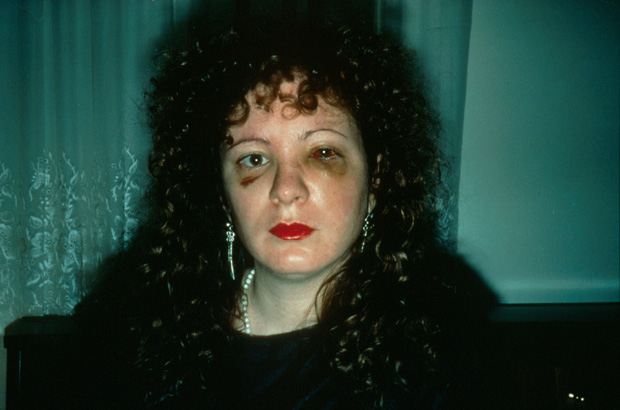
You live in Berlin now, a city increasingly rare in that artists can still live and create well there. Does it remind you at all of New York back in the day? Yeah the vibe reminds me of 80s New York. Usually I go somewhere and I have sometimes like a five-day plan so I never know how long I’ll stay anywhere. But I’m still there. I don’t think ‘the market’ has taken off so strongly there so artists still work together and help each other. But I was in Berlin in 1984/85 and that’s when Berlin was really boiling! Now Berlin is a little bit Germany in the way that New York is America. New York used to be for everyone who escaped from America. But Berlin still has a certain feel about it. I have a community of friends there - some of whom are great artists, actually.
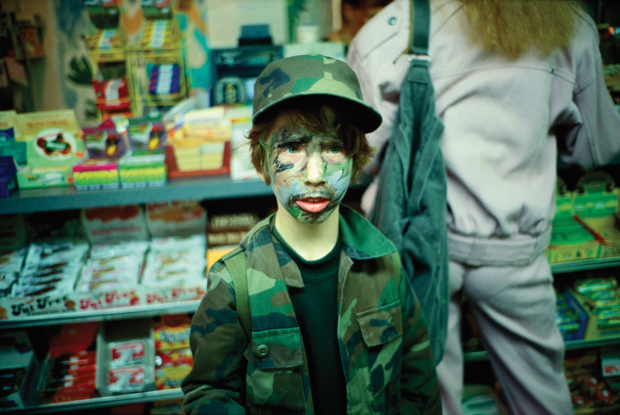
Your work is primarily concerned with honesty so how does that work when you photograph fashion or celebrities? That’s not so much about honesty it’s more about finding my own aesthetic in the situation - trying to stay true to my own aesthetic instead of doing what they want. A lot of fashion replicated my work but it was all cleaned up. I can have fun, I can enjoy it. It’s not my goal to become close to Robert Pattinson who I did a big Dior campaign with. I’d never heard of him before! One of my great things is I don’t know who anybody is. If the designer interests me and the location interests me then it’s easier. I photograph places a lot now, architecture, the sky, water. I’m more interested in all of that right now. Sometimes I meet people who touch me. My friends have gotten old and they’re not always as happy to be photographed. But I still photograph some of the same people (who she commonly referred to as 'her tribe') I did at the beginning.
__How do you go about finding a new 'tribe' at this point in your life and career? __ Sometimes I look at someone and I immediately know they’re part of my tribe. It happens once in a while. What do I see in them? I see what I think they can see. Mostly I photograph my old friends, mainly in Berlin and New York, but my tribe is mostly dead. I’ve lost so many people. I think that’s why maybe there are fewer and fewer people in my work.